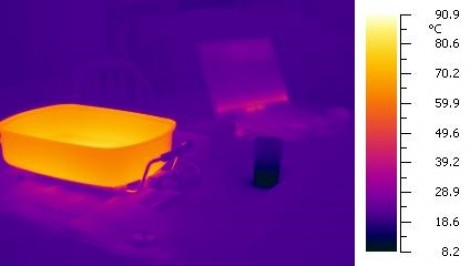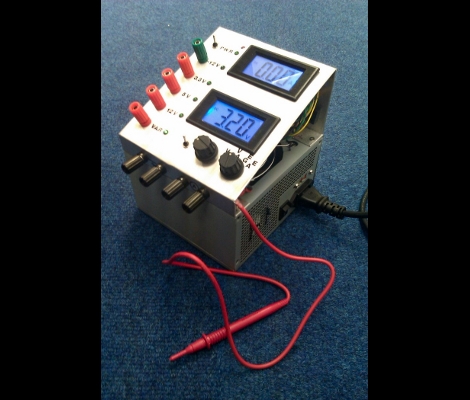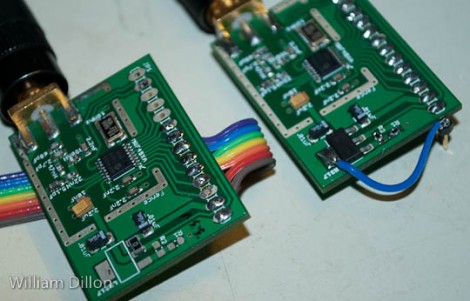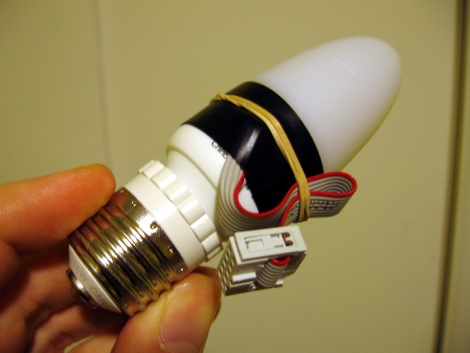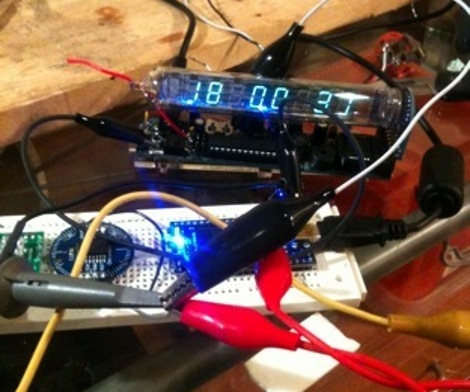
Hidden behind the white face plates of this machine are racks of gears that make up a replica of one of the oldest known mechanical computers. This is a working model of the Antikythera mechanism made from Lego pieces. In the video, which you absolutely can’t miss after the break, The machine is disassembled into its various components. Each mechanical unit takes advantage of gear ratio combinations to perform numerous levels of mathematical functions in order to display the date and time that future celestial events will occur.
The background information on the original device reads like the script for a sequel to The Goonies. Believed to date back to 100-150 BC, the stone bronze mechanism was recovered from a shipwreck around the turn of the twentieth century. The use of x-ray analysis helped to unlock the functions and confirm the theories of its operation.
Part of what makes this so interesting is the historical connection. But the production quality of the video (which to be fair, seems to be an advertisement) really brings home how complicated this process is. Now it’s time for us to watch the video a few more times, sketching out the gearing to see that this works as they say it does.
Want more of the Antikythera mechanism? Check out the model built by [Tatyana van Vark].

